Previously she was the Oliver Hazard Perry Guided Missile Frigate USS Estocin (FFG 15) but was disposed through the Security Assistance Programme to the Turkish navy in April 2003.
She was ordered in February 1976 and built by the Bath Iron Works in Bath, Maine. Launched on 3 November 1979 she was commissioned into the fleet on 10 January 1981.
Overall she is 136m long with a 14m beam and 6.8m draught. Propulsion comprises General Electric LM2500-30 gas turbines generating 41,000 shp through a single shaft and variable pitch propeller giving a top speed in excess of 29 knots. She also has retractable 260kW retractable Azimuth thrusters for manoeuvring and docking.
Complement is 226 including pilots and aircraft maintainers.
Armament includes a OTO Melara Mk 75 76mm/62 calibre naval gun, a single Vulcan phalanx CIWS, 4 No. 50 calibre machine guns and a Mk 13 Mod 4 single arm launcher for Harpoon Anti-ship missiles and SM-1MR Ant-Ship anti-Aircraft missiles.
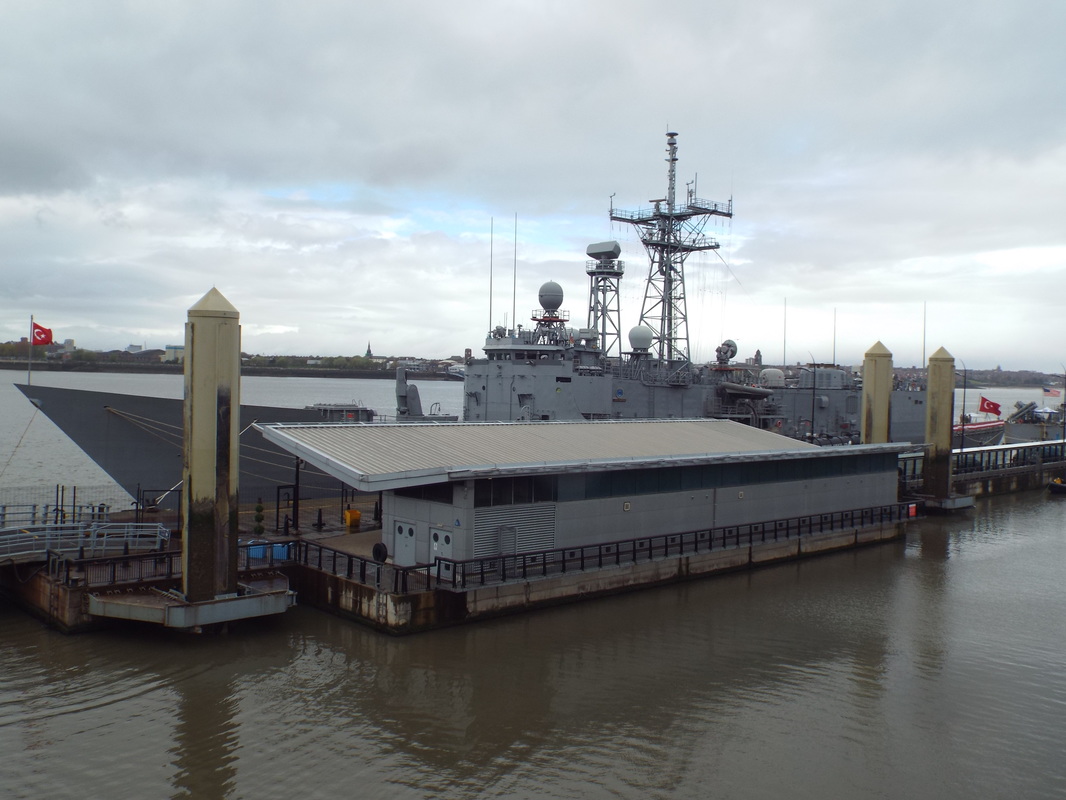
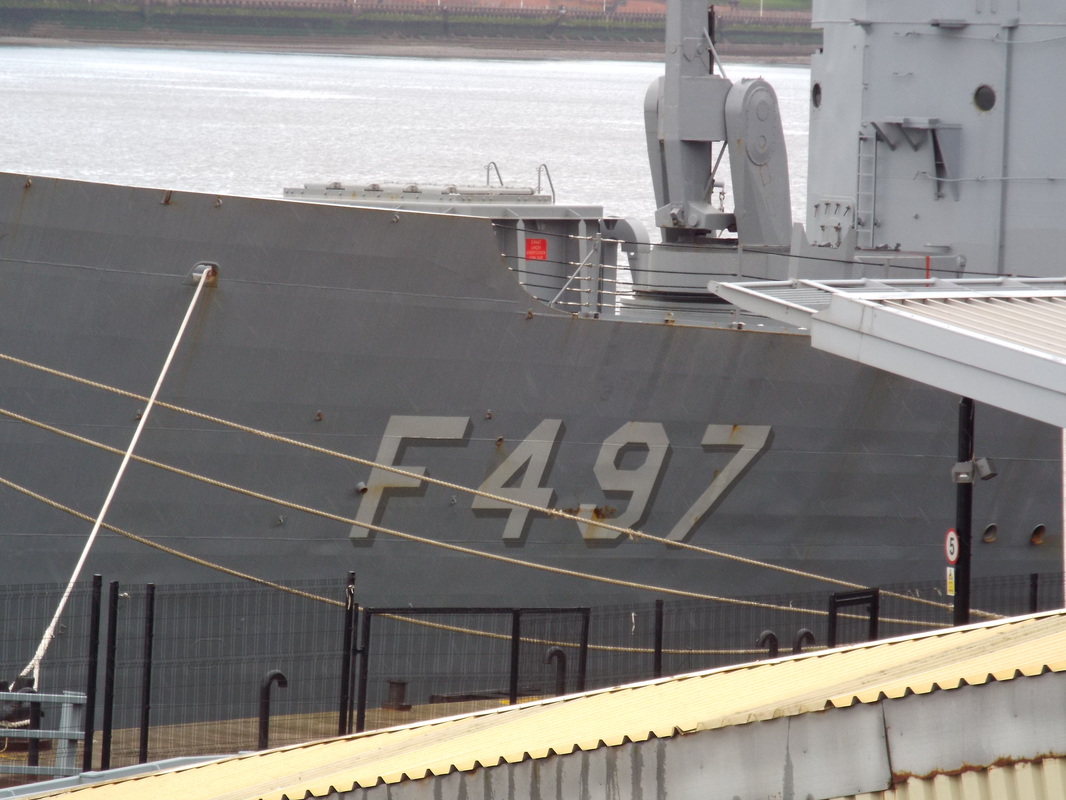
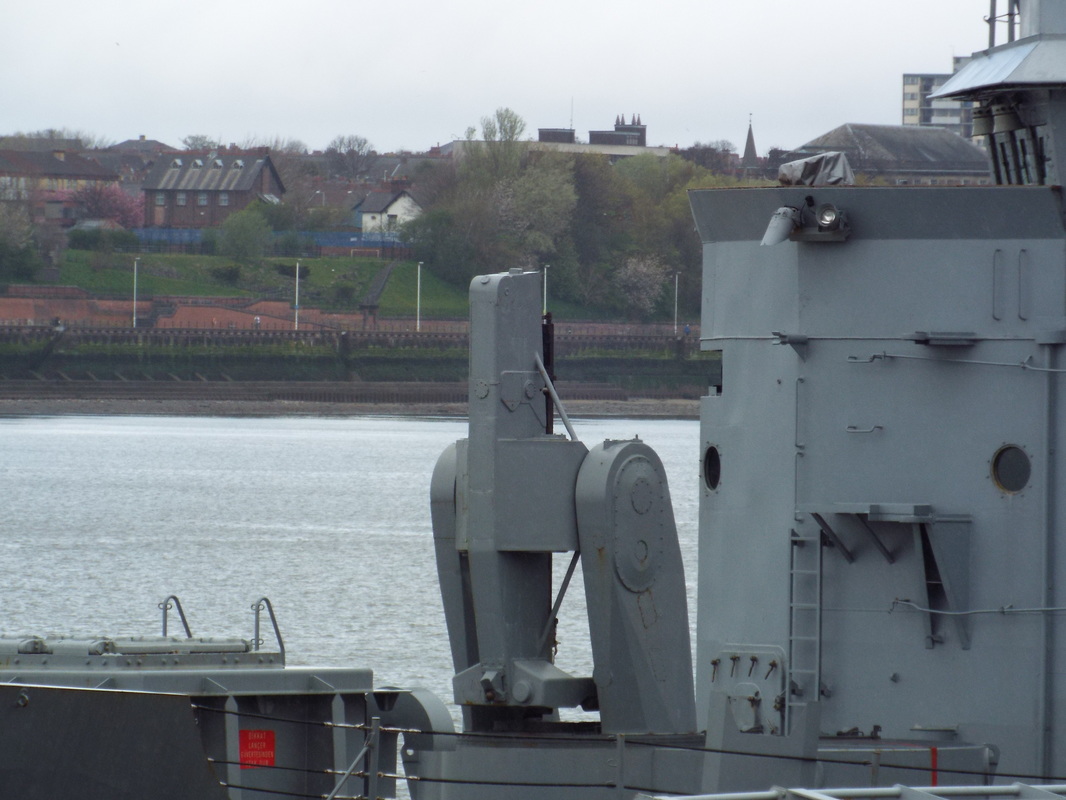
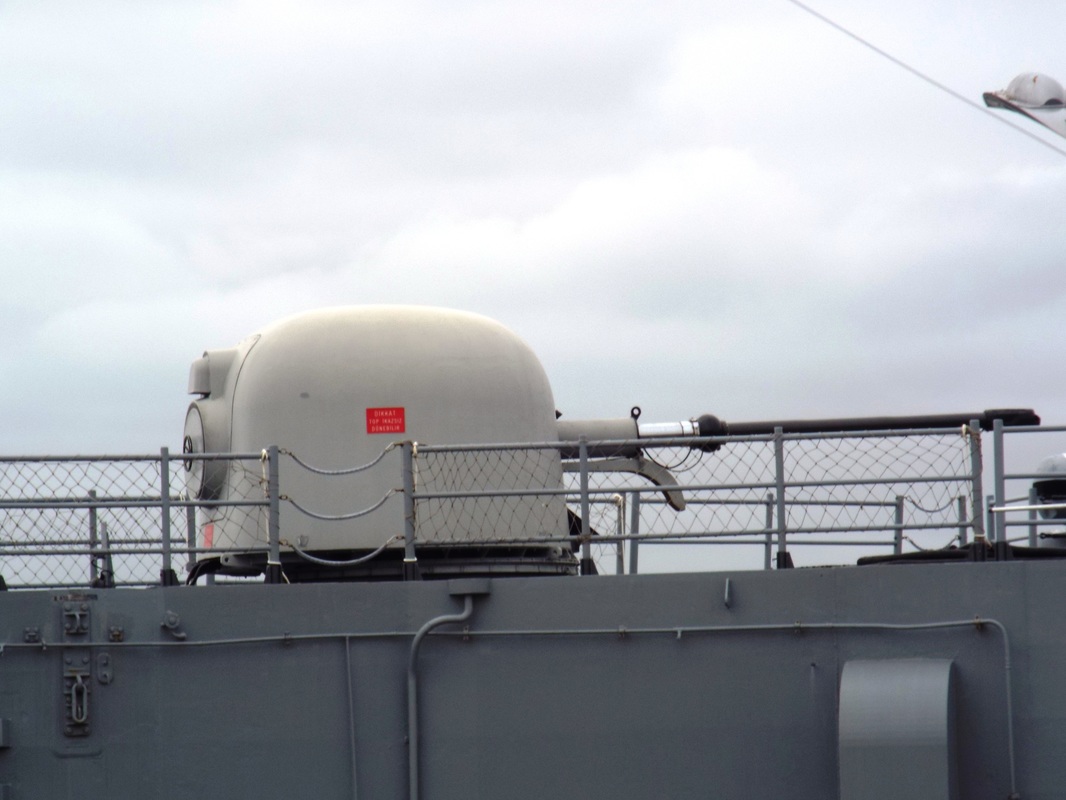
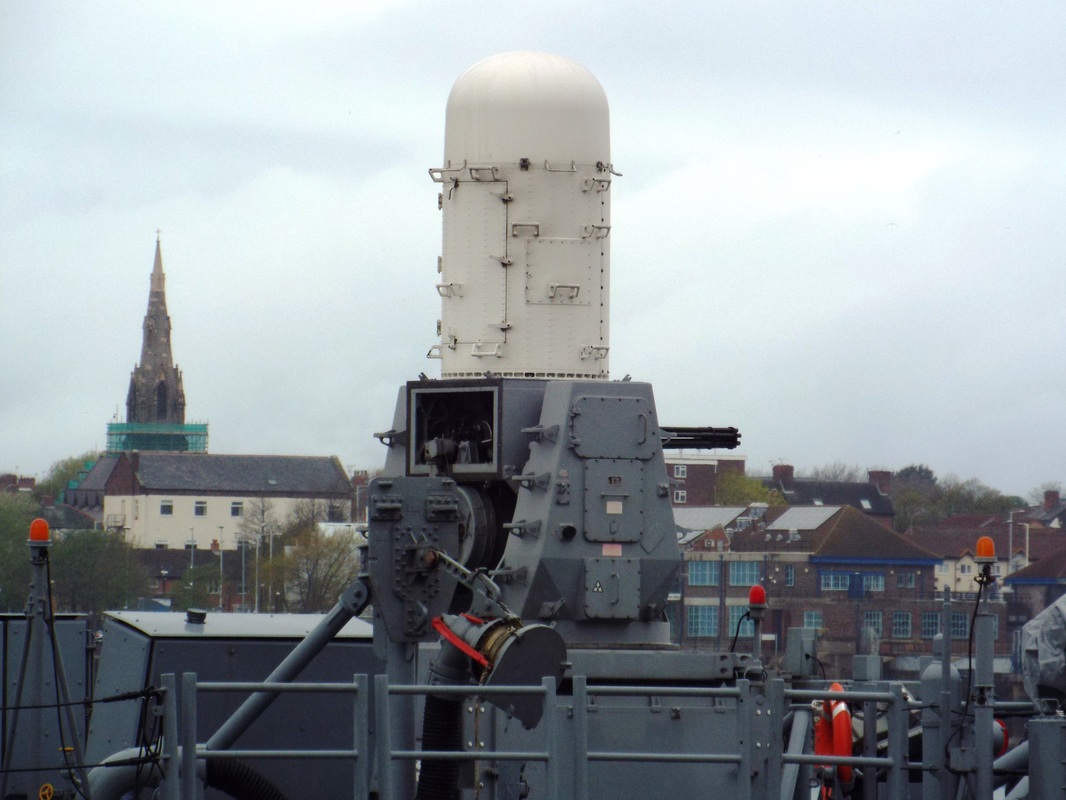
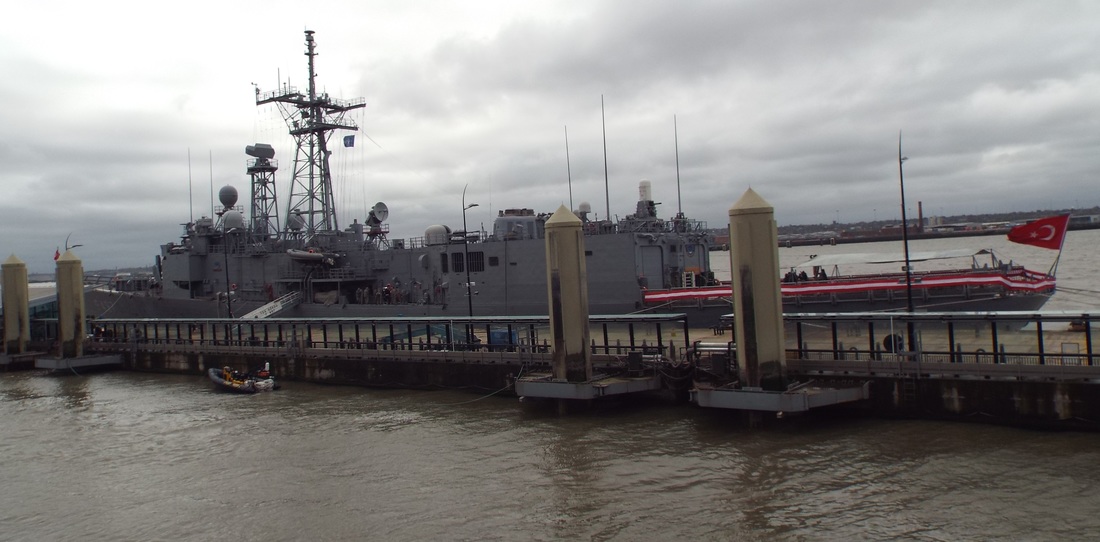
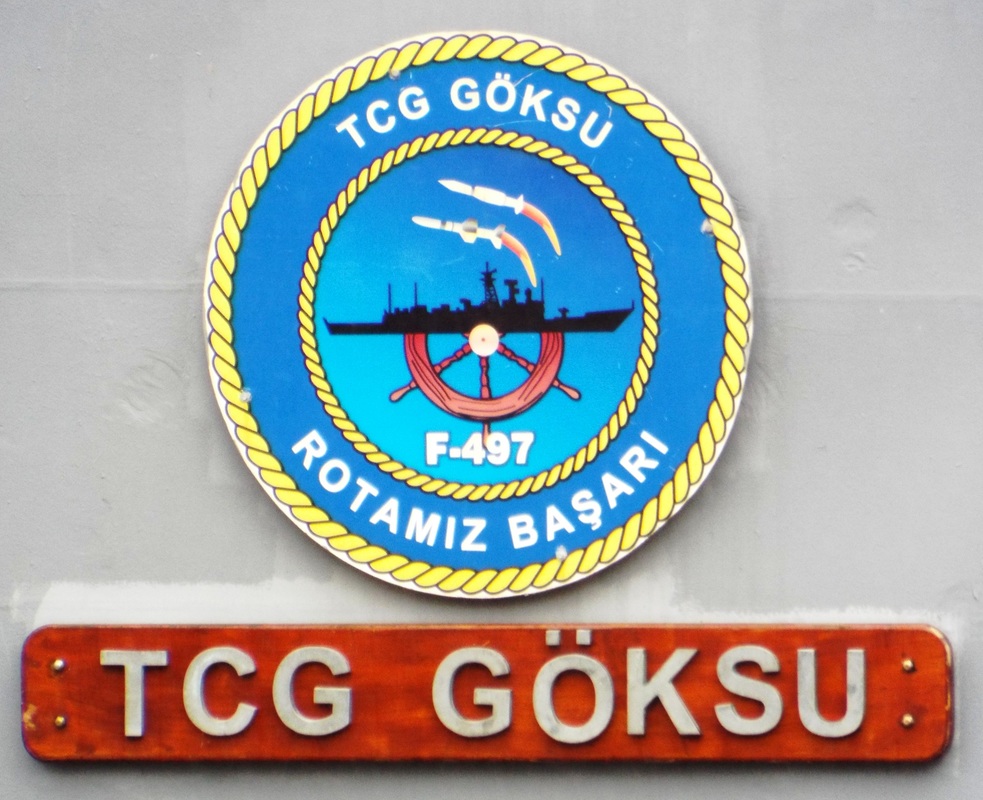
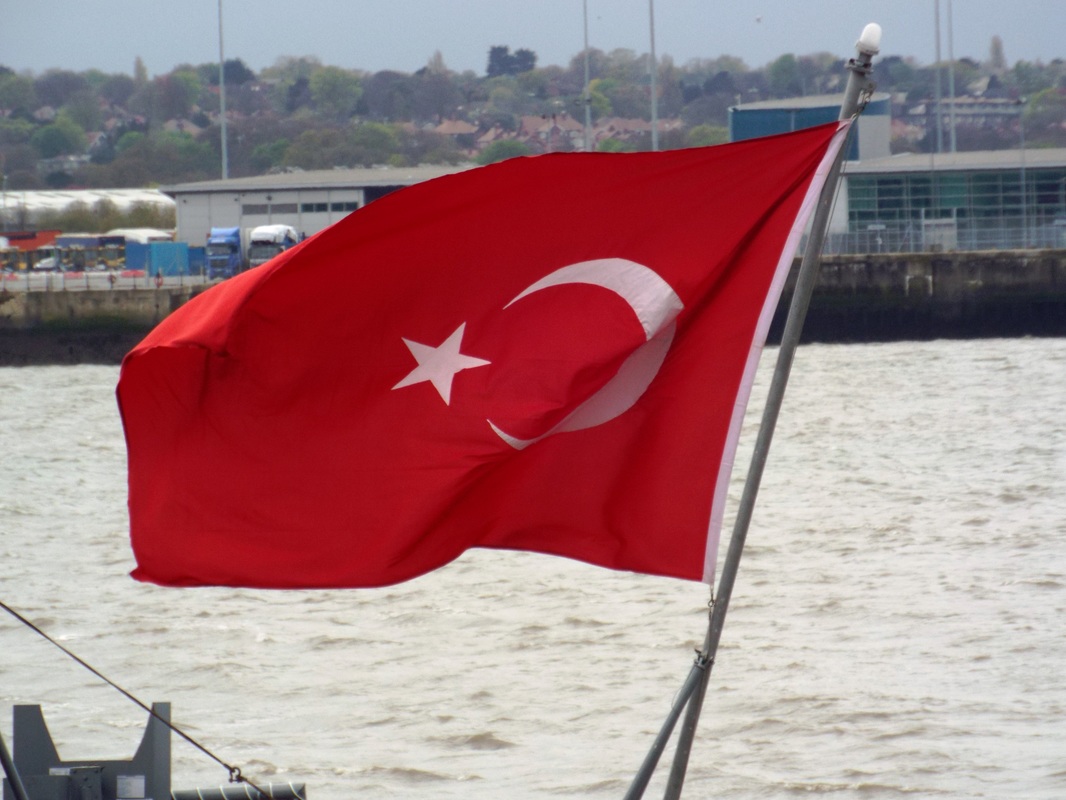
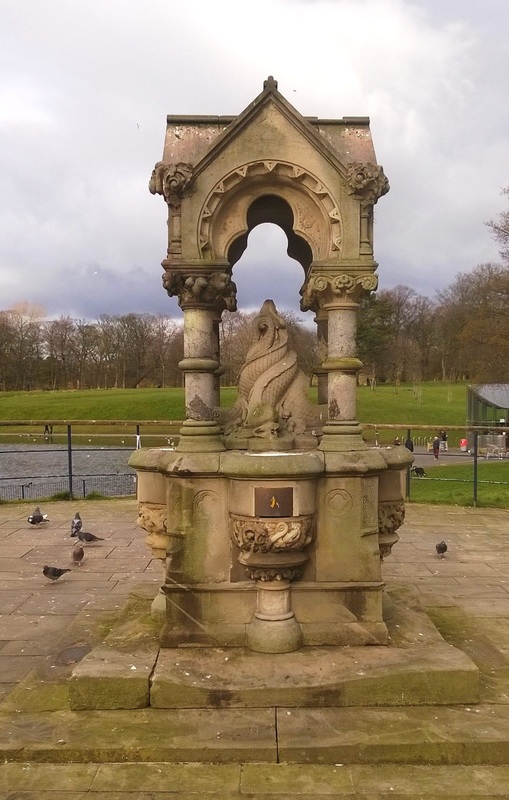
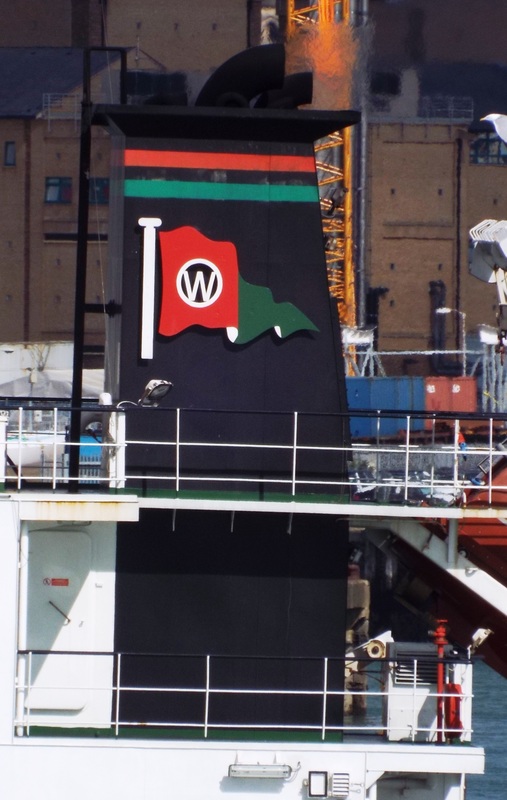
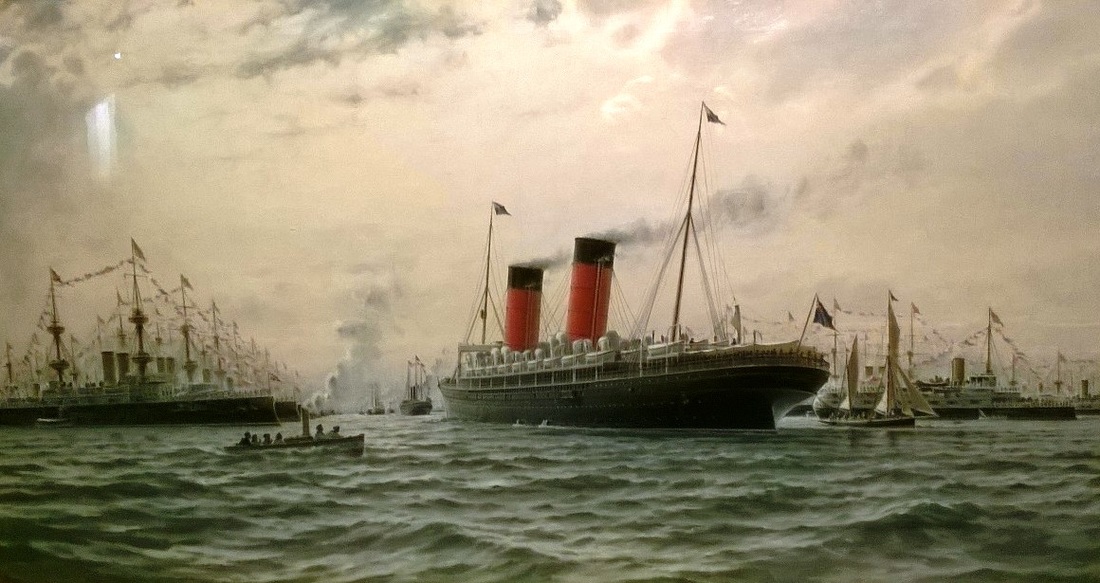
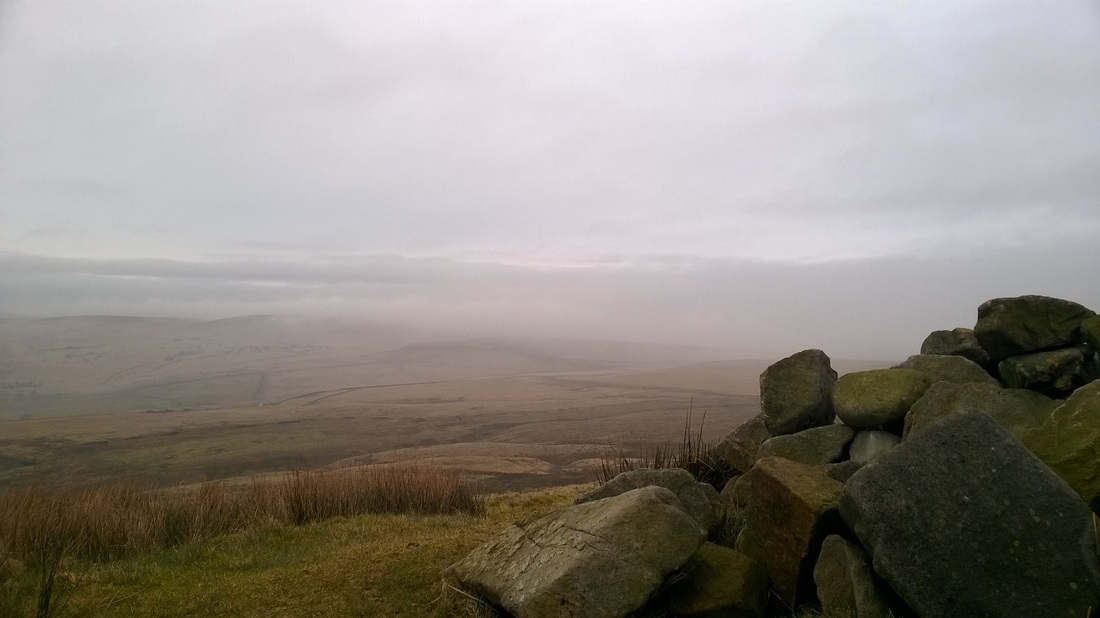
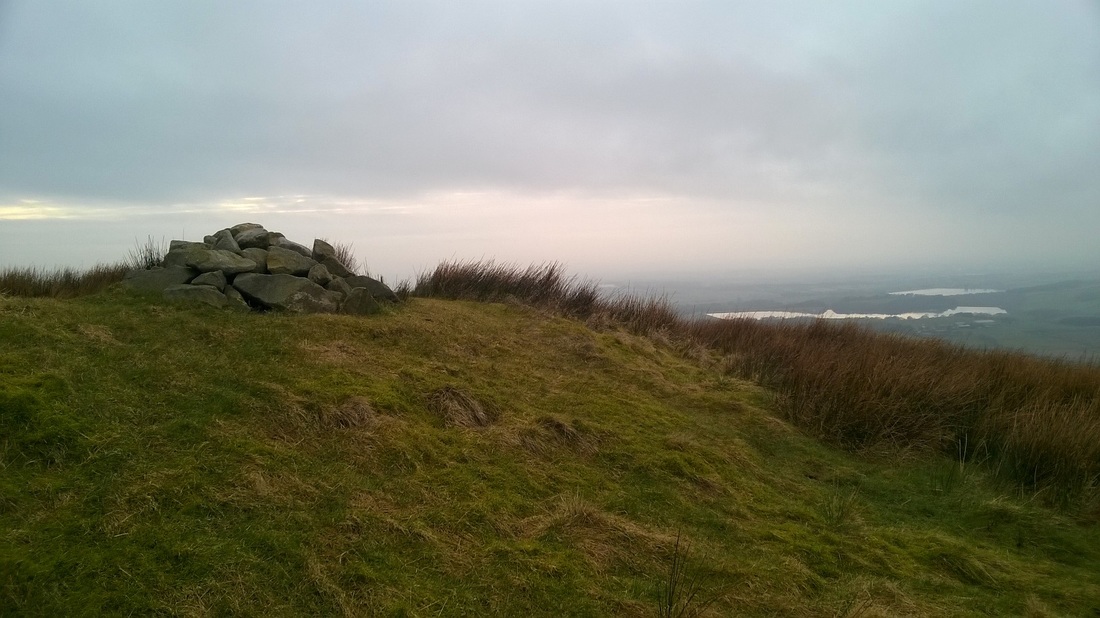
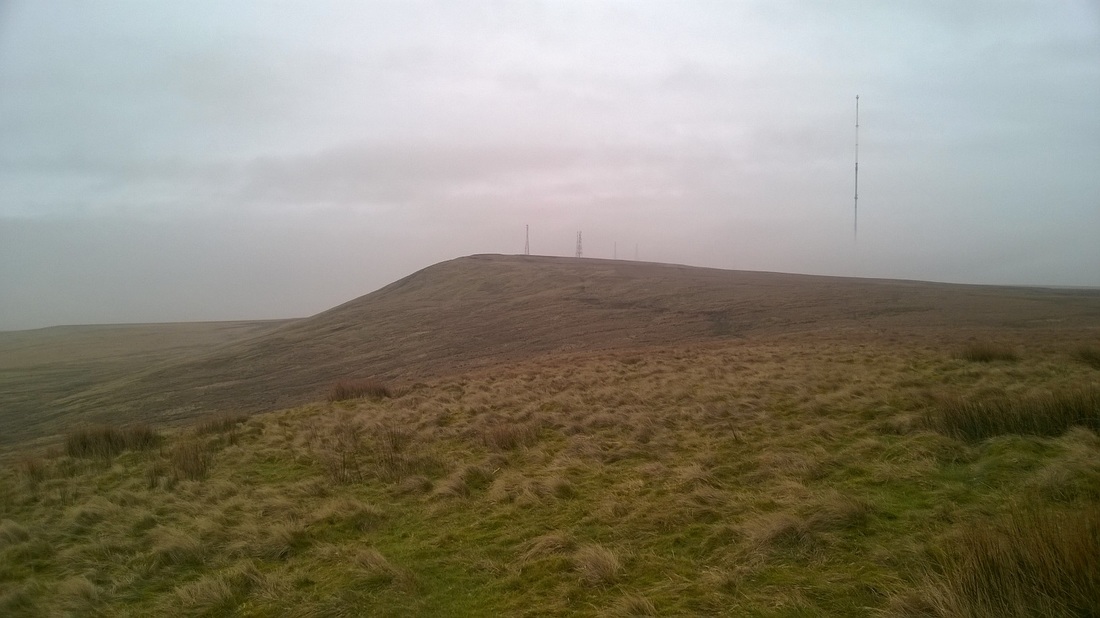
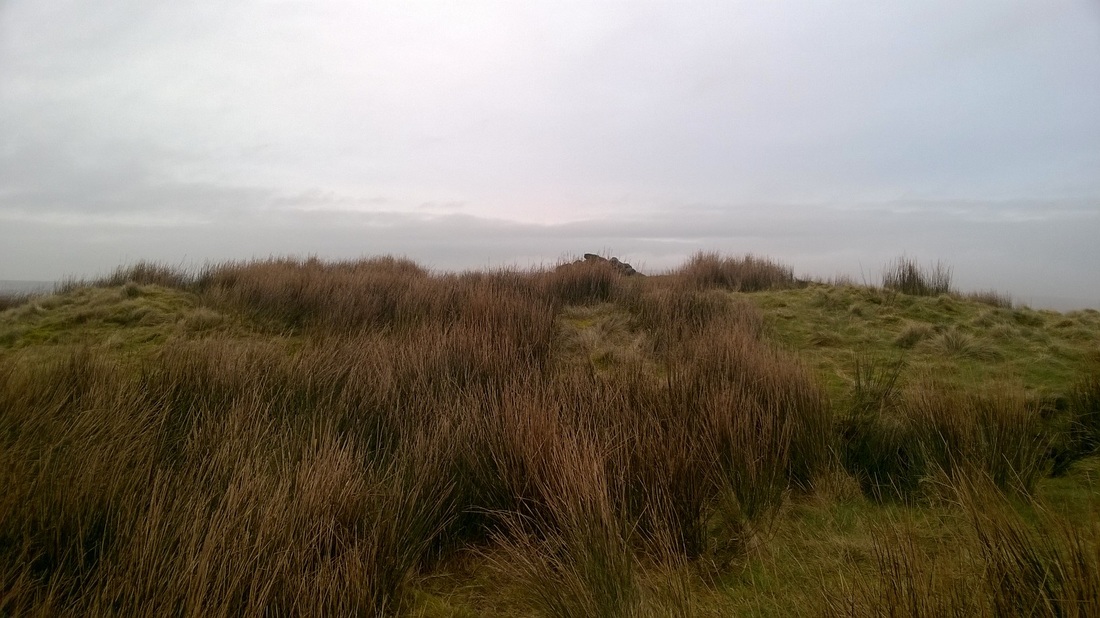
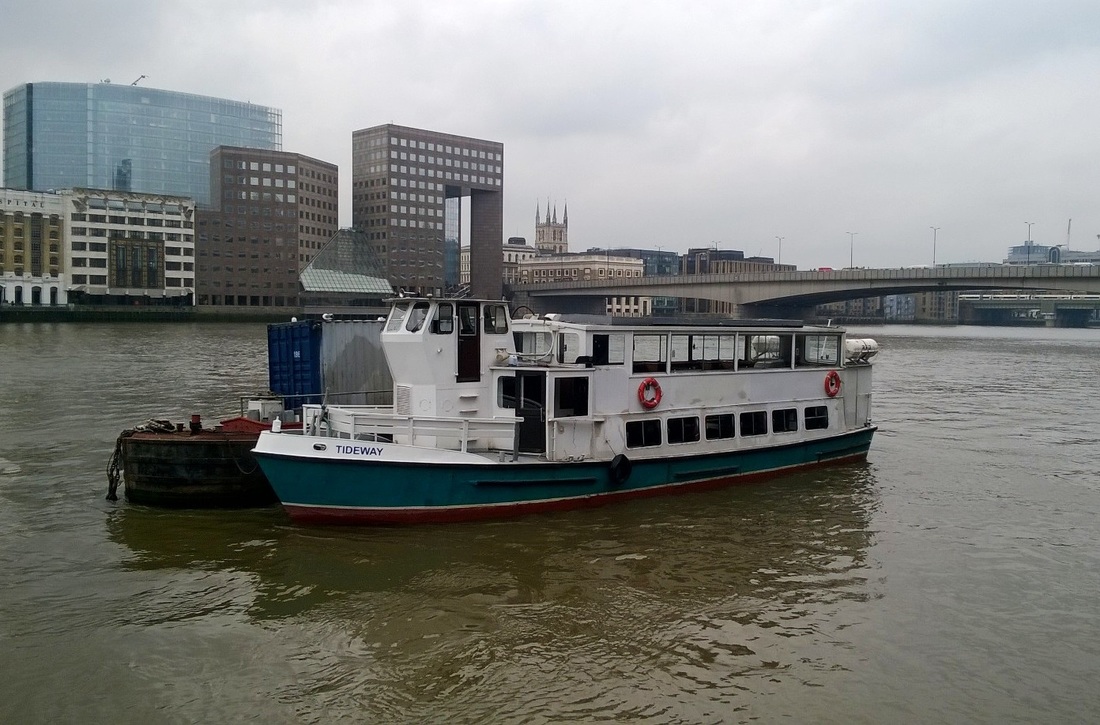
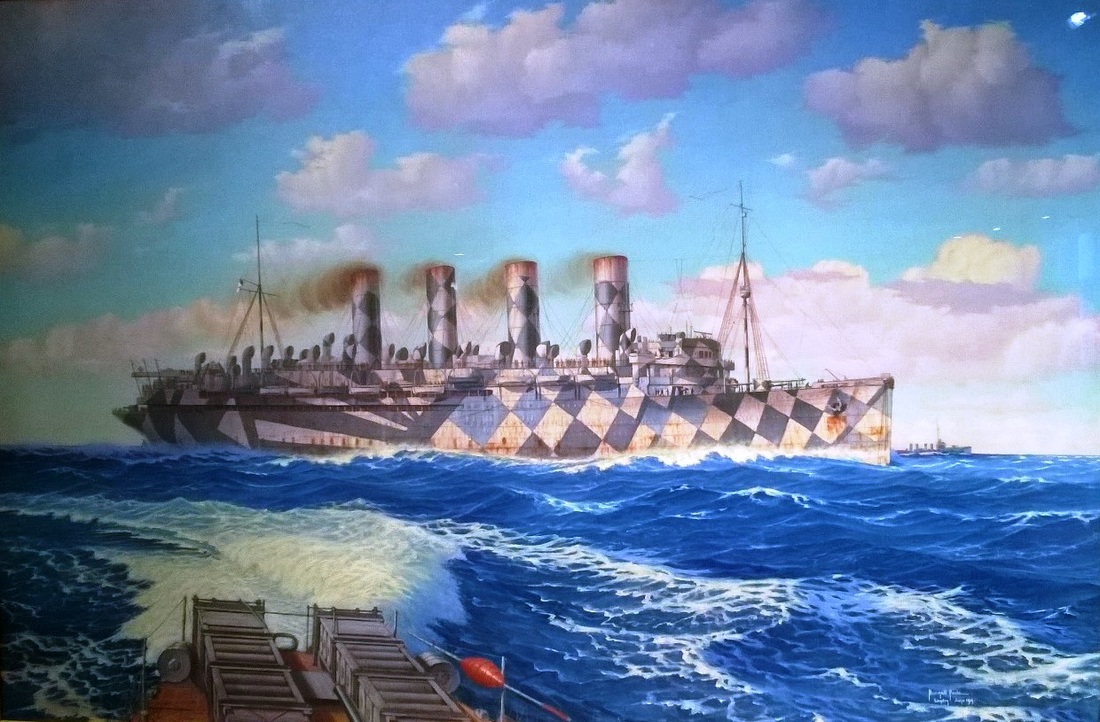
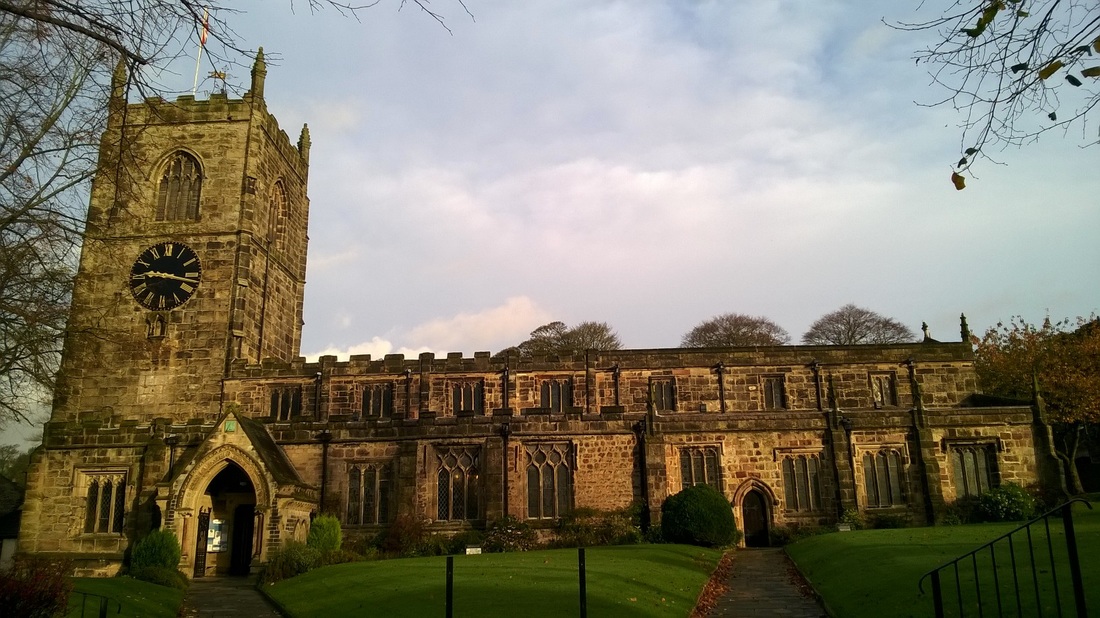
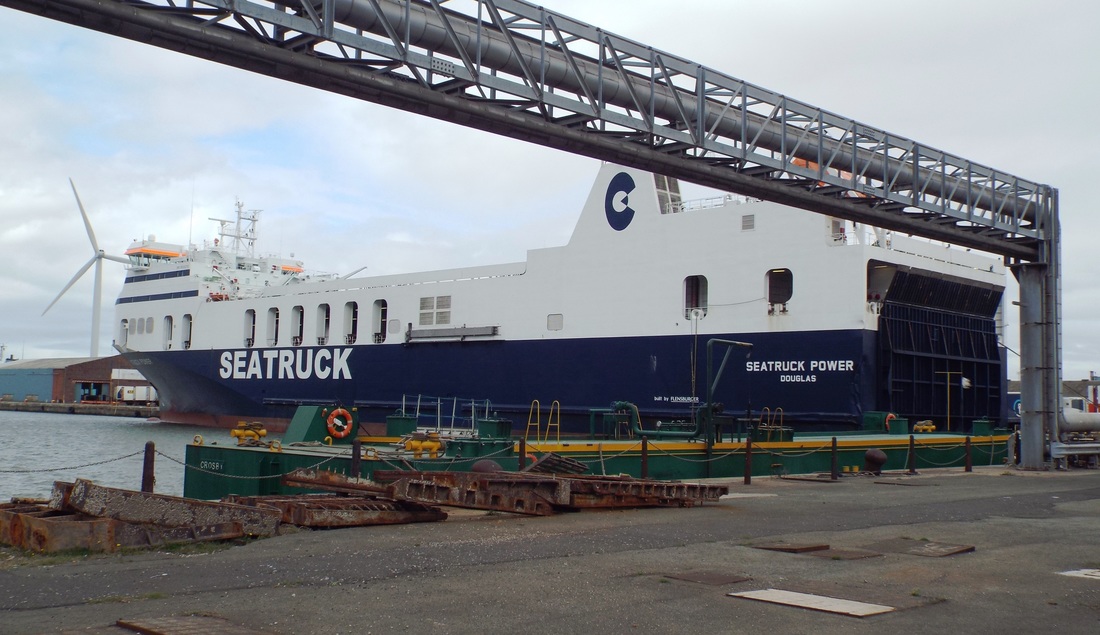
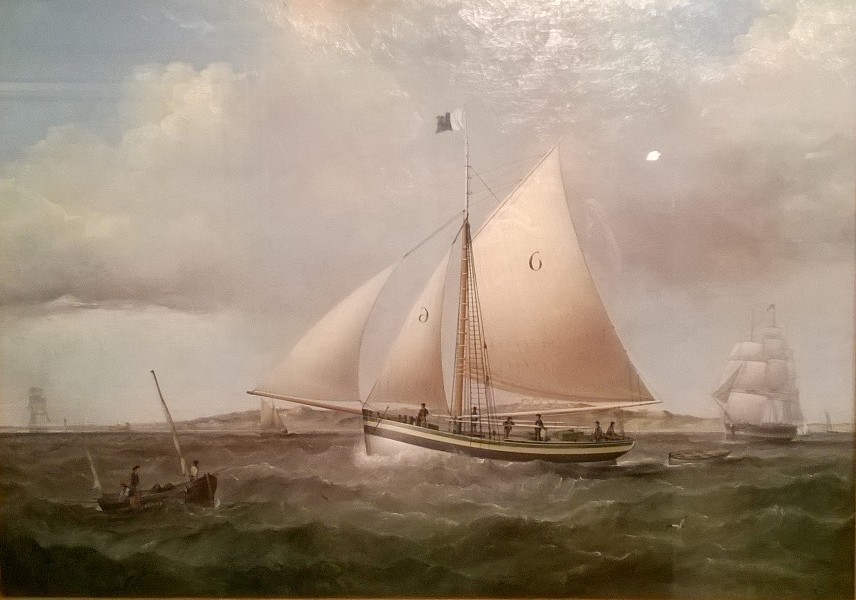
 RSS Feed
RSS Feed
